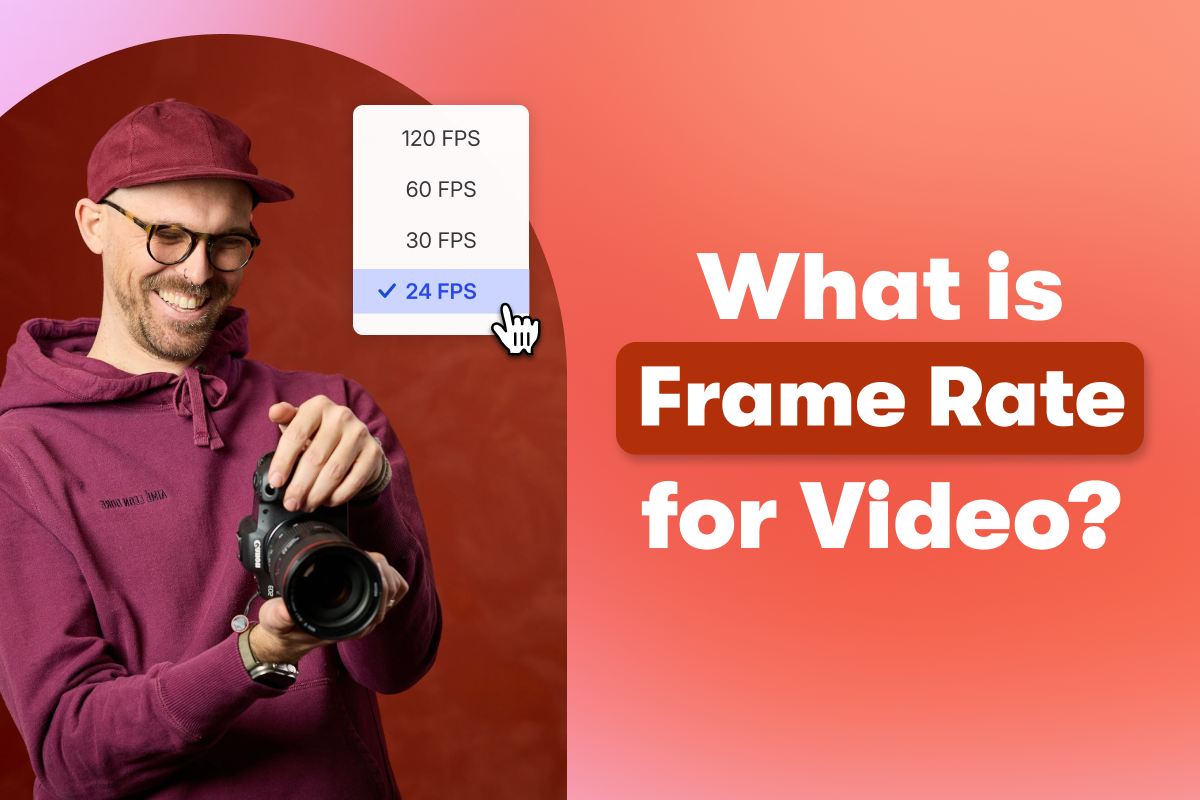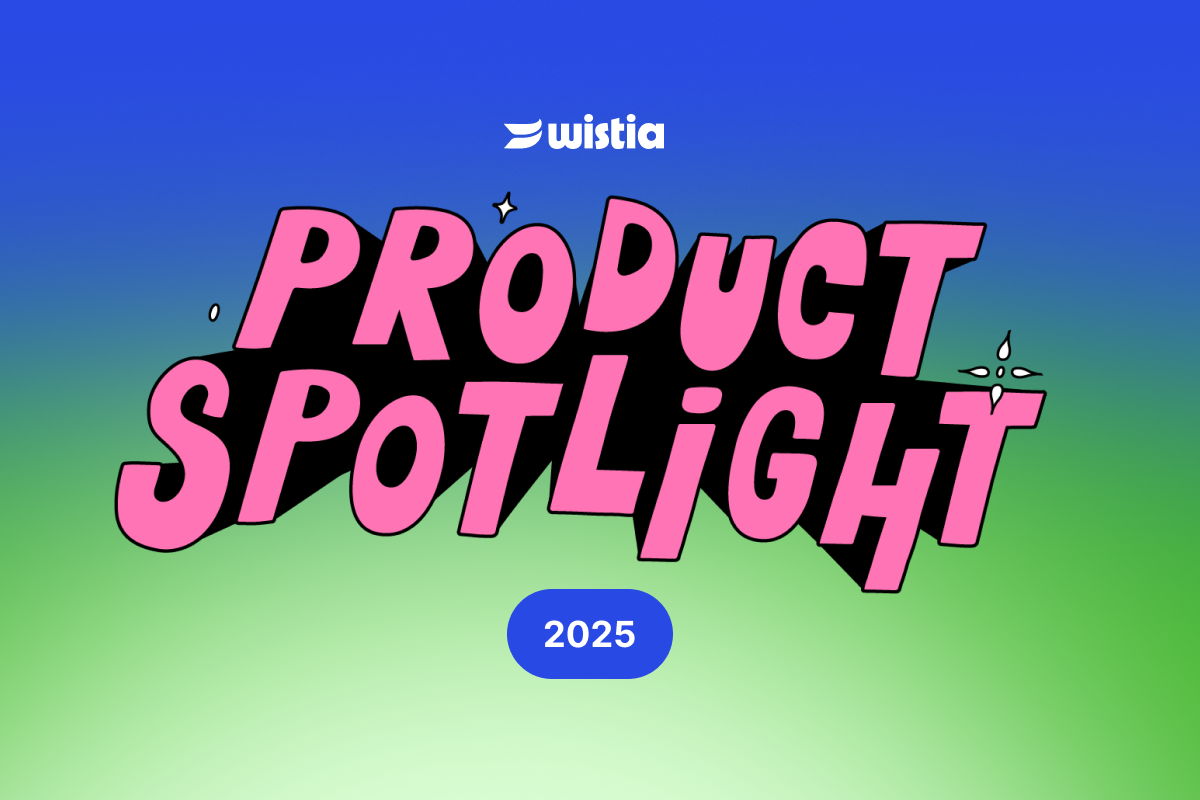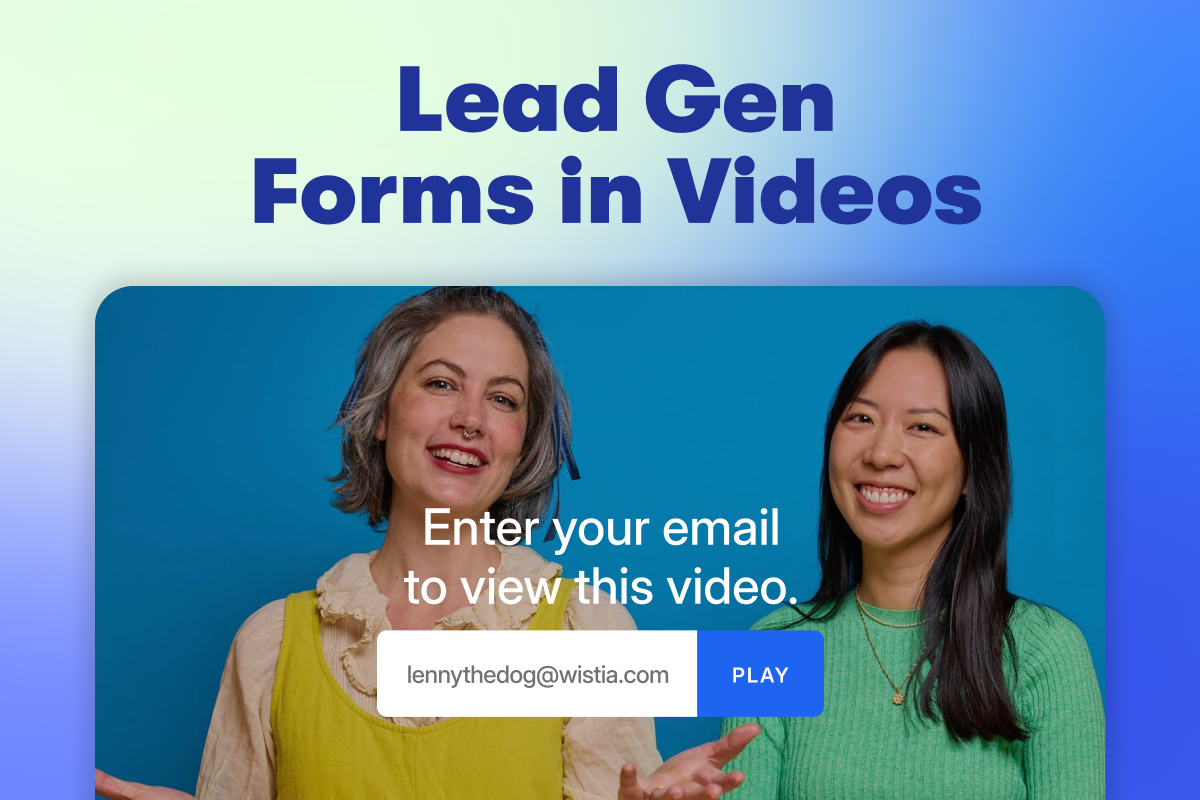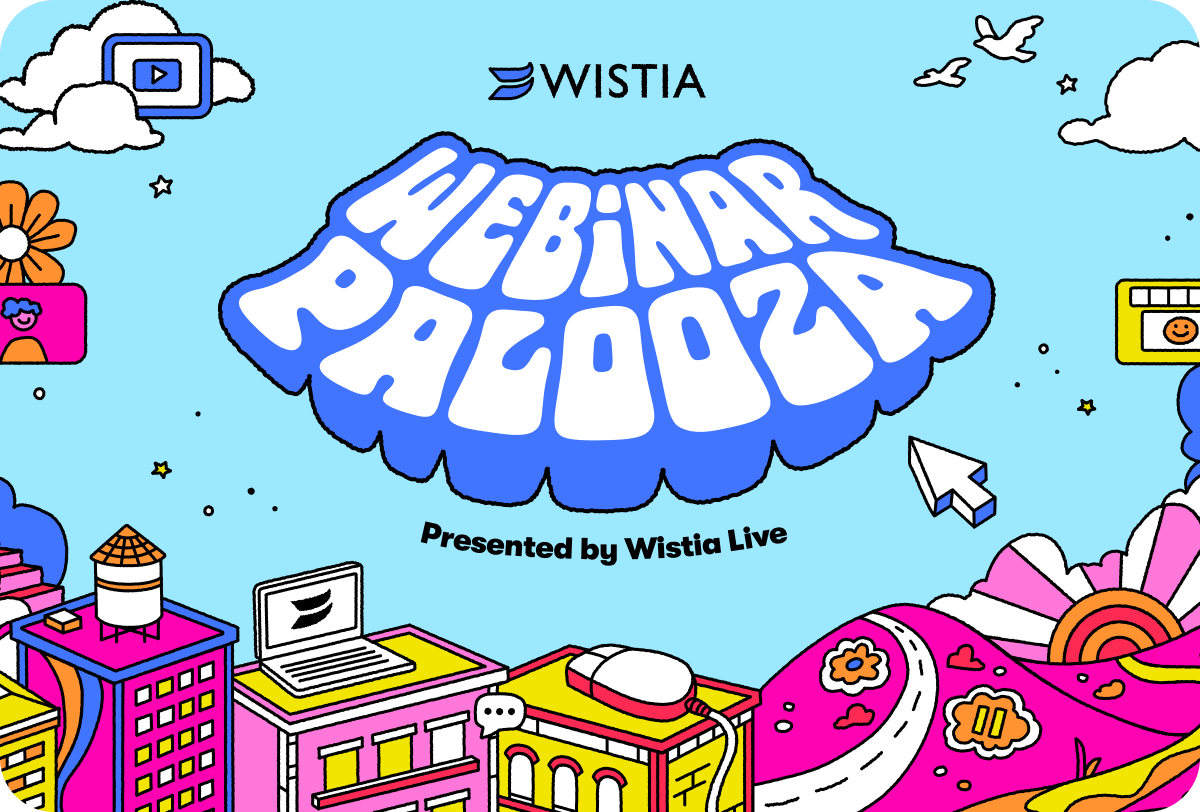The Key to Social Media Success: Marketing Like a Media Company
October 28, 2019
Topic tags
There’s a major problem with advertising on YouTube and Facebook, as this recent thread on Reddit indicates. The problem is, we hate it.
But despite this, marketers continue to spend more and more money on advertising.
And increasingly, they spend it on short-form mobile video formats.
The reason why we continue to move our marketing dollars in this direction is simple — digital advertising offers the most scalable and direct way available to reach consumers online.
So as marketers, we’re presented with a challenge: How do we benefit from the reach provided by digital advertising without irritating our potential customers?
The challenge we face today
Maximize the reach of your brand message while annoying the fewest people
Most businesses respond to this challenge by trying to create something compelling and entertaining enough that users won’t mind watching, despite the fact that it’s content they didn’t ask for. This generally works, and when it does (as seen in the example below from Nike), it really works.
But, of course, there is a catch. The bar for this type of creative campaign is insanely high. So high, in fact, that it doesn’t even work consistently for Nike. When something is risky and unreliable for the masters of the craft, the biggest brands in the world with incredibly deep pockets, how are aspiring brands supposed to compete?
The answer is, they don’t. Typically a small business, without the resources to hire a top creative agency, will go to market with a relatively generic and uninspiring bit of creative that attempts to capture their brand message in 15–30 seconds, such as our below attempt:
A huge amount of money is then typically spent to paper-over the cracks of poor creative — increasing vanity metrics in order to give the outward appearance of success, despite lacking any concrete evidence that the campaign increased purchasing intent or improved the perception of a brand.
The web is littered with attempts by businesses both small and large to replicate the success of the best Superbowl ads, spending billions of dollars trying to become part of the 0.001% of videos that go viral. Ads that no one remembers and that probably irritated more people than they inspired.
The reason why this approach tends not to work is quite simple — people just don’t like being interrupted with things they haven’t asked for. Whether it’s telesales calls, canvassers, or email spam, it’s always unwelcome unless it happens to provide the exact thing we were looking for at that moment in time.
So, what if, with advertising, we give people what they are looking for anyway?
The emergence of the trailer
Trailers are called “trailers” because they were originally played as post-roll bits of film after the movie had concluded, but were eventually moved to pre-roll in order to ensure people actually watched them rather than leaving the movie theatre.
Because people were forced to watch them, and because the product they were selling was further experiences at the movie theater, these short segments fast developed into “best of” compilations. From there (and to avoid spoiling all the plot points and removing the incentive to watch the movie in full) they became stylistic expositions aimed at intriguing and entertaining audiences without giving everything away.
Critically, the trailers themselves developed into a format that was both an advertisement and entertainment in its own right. When you head to the movies, it’s always enjoyable to sit through a bunch of trailers for upcoming releases, regardless of the quality of the film in question.
Marketing to the binge-watch generation
Today, we are watching more and more video content than ever, and often in quick succession. In this current golden age of TV, our major challenge is not having good things to watch, but actually navigating through the morass of amazing things available to decide what to invest our time in.
Social media advertising has become an amazing tool for solving this problem, as media companies have discovered. Take, for example, the latest season of The Good Place.
For each new episode, dozens of trailers spanning various different lengths, formats, and styles are created to market each episode. The trailers are optimized for the platforms they’re distributed on, with the primary call to action being “watch the full episode.”
Then, as part of the press for the season, cast members do interviews on all the major TV networks, and this content is then cut up and turned into other clips which perform the same function.
This process is then repeated for every episode in the season, and, before long, there are hundreds and hundreds of assets being used to advertise the full content experience, which is hosted on an owned platform.
This strategy works incredibly well. Why? Because it’s serving the user’s need for distraction, information, and entertainment. Short, fun clips from a TV show perfectly match the kind of distraction we’re looking for on social media, all while giving us recommendations for what to watch next.
“Short, fun clips from a TV show perfectly match the kind of distraction we’re looking for on social media, all while giving us recommendations for what to watch next.”
Advertise your content like you would a product
The reason why this practice has emerged for media companies is obvious; their content is their product. And the reason why these ads work for consumers is equally obvious; social media is a destination users go to find and consume content.
Most marketers, however, are currently stuck trying to market their products like they would media content. This has led to a strange paradigm where marketers adapt their products to connect with an existing trend or meme in order to gain attraction on social media. Take, for example, Glenlivet’s recent Whisky Tide Pods:
This is obviously a PR gimmick. Pernod Ricard is not really making this product available for mass retail, but it is effective marketing. It’s nonetheless slightly strange (and perhaps perverse) that a company with the history and product quality of Glenlivet needs to try and connect its product to a bizarre meme from 2018 in order to get attention on social media.
Perhaps, instead, the more reliable answer to the marketing challenges of 2019 is to give the people what they actually want through advertising. In other words, samples of content they might really love.
This approach, of course, necessitates creating binge-worthy content of your own, but as Wistia’s CEO and co-founder argues here, investment in long-form, creative media is the next investment every business should be making in order to grow their brands.
Audience acquisition, not content distribution
The marketing world’s perspective on advertising delivery hasn’t evolved since the early days of TV advertising. Back then, the goal was to get your ad in front of as many people as possible, as this was the only real factor that determined whether more consumers would be aware of your product, and at that time, awareness was the key factor in determining purchasing intent.
Media companies, however, see things differently. Show producers at NBC aren’t bothered by how many people watch the promotional assets for The Good Place. What they do care about is the number of people watching the show itself. And watching the show itself is the first step towards wanting to watch more of the show, which is the first step towards becoming a monetizable viewer (through ads or subscriptions) for the company.
“Show producers at NBC aren’t bothered by how many people watch the promotional assets for The Good Place. What they do care about is the number of people watching the show itself.”
The goal of advertising for media companies, therefore, is not simply “reach," quantified in terms of impressions, but rather the acquisition of viewers on a video-on-demand streaming platform or via traditional broadcast TV.
And this is a much more sophisticated goal. One user watching 10 hours of content, perhaps giving you their email address in the process, is worth far more to your business than a passing interaction with 10,000 viewers.
But optimizing for this requires abandoning an entrenched, hundred-year-old perspective that it’s a marketer’s job to deliver content to an audience. Rather, marketers today ought to replicate the approach of media companies by directing the audience to the content.
A more effective use of digital advertising
Marketing like a media company, or using advertising to distribute trailers for a bigger content experience, is a far more effective use of media spend than straight-forward brand advertising.
At Wistia, we’ve shifted our entire paid media strategy towards marketing like a media company, and it’s really paying off. On YouTube, this brand ad from 2018 (which we’re really proud of), cost us about $0.05 per view and $45 per email sign-up.
And this year, with the trailer for our original series, Brandwagon, views are costing a similar amount, but we’ve been able to acquire new email addresses in our CRM system for less than $1 apiece.
For wider context, two years ago, we were paying an average of $2 per click from paid media to acquire new visitors.
Why such a dramatic difference? It’s actually fairly intuitive and simple — one has a compelling value proposition for users on YouTube ("Check out this video series relevant to your interests!"), and the other does not ("Check out a new product that you haven’t heard of before!").
The benefits of an owned platform
Critical to the idea of marketing like a media company is the role of the “owned platform.” Note that NBC does not publish full episodes of The Good Place on YouTube. Doing so would:
- Provide a sub-optimal viewing experience for show fans, where binge-watching is hampered by mid-roll ads and related videos.
- Prevent them from bringing users into their CRM & ecosystem, giving all control of their audience to Google/YouTube.
- Invalidate the purpose of the ads and trailers, since users don’t need to take further action to receive the content.
And the same should be true for businesses adopting this strategy. An owned platform gives you control over the viewing experience, control over your data, and control over your audience.
When the goal is audience acquisition, rather than content distribution, audiences should be driven to a platform where the trade is mutually beneficial. The viewer and the content provider are left in a more favorable position, not just the viewer and the social media giant.






